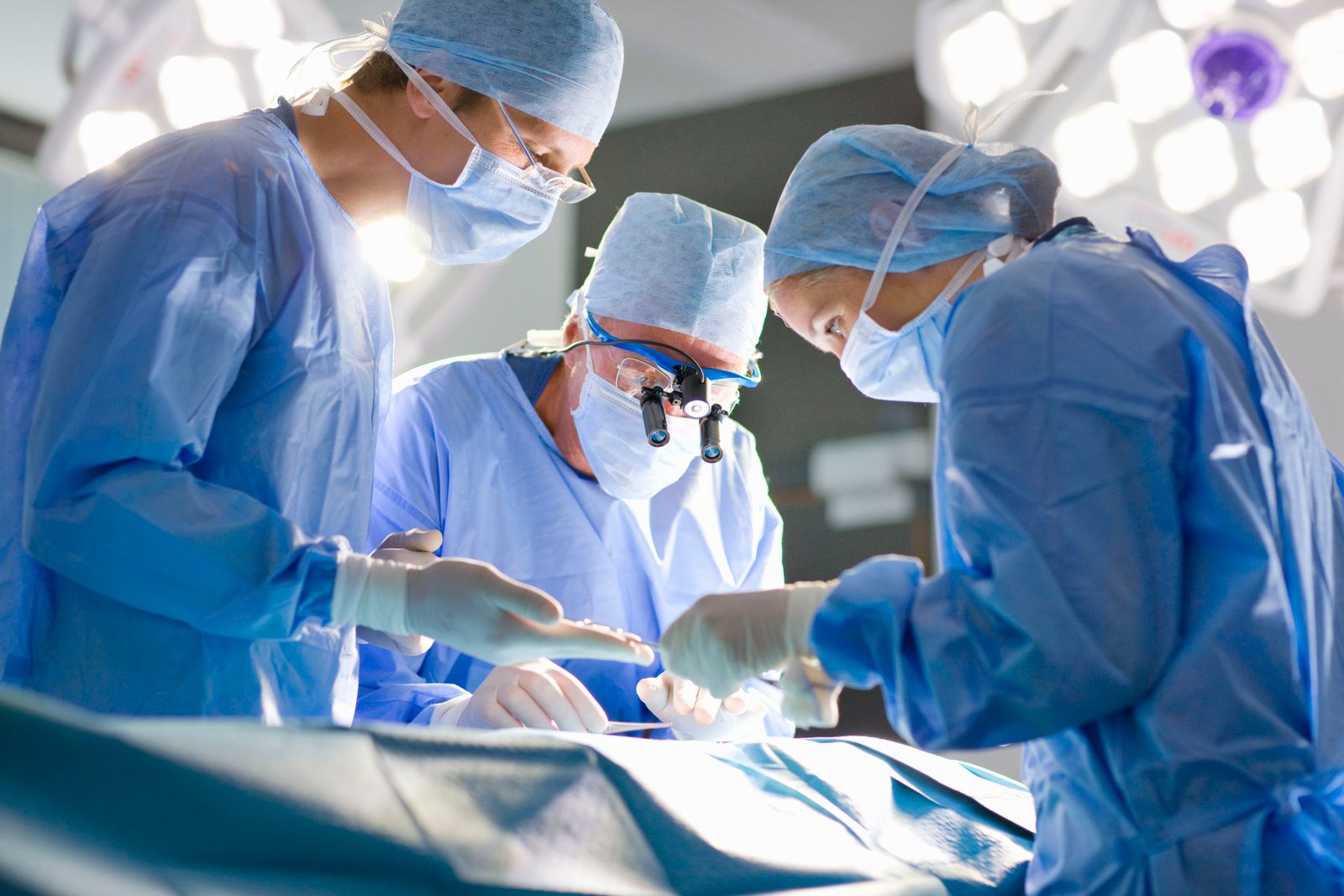When it comes to bone marrow transplant, it is a very important procedure with serious outcomes; hence, it has to be handled with care. This is why this procedure is only given by top-notch hospitals so that all the facilities are provided with great care and nothing can go wrong. The following points show how both the patient and the donors are prepared for the procedure:
When it comes to the receiving end of the transplant, the following procedure will take place:
- Every procedure has risks associated with it. It is the duty of the doctors and the team of specialists to see if the benefits outweigh the risks associated with the procedure. If there are any medicinal alternatives to the procedure then that is recommended as well. But the latter is only advised if the stem cells aren’t damaged to a great extent.
- There are multiple tests conducted on the patient and a medical examination to evaluate the performance of the patient’s organs (kidney, heart, lungs, and liver) and the other blood tests.
- 10 days before the transplantation, the patient will have to come regularly for evaluation, hydration, placement of something known as the central venous line and a bunch of other preparations. A Catheter is placed surgically in the chest area, inside a vein. All the blood products, drugs, and other medicines will be provided to the patient with the help of this Catheter.
- When it comes to an allogeneic transplant, a suitable donor has to be available. This means that the patient’s and his/her tissue should match. Finding the right donor is an extremely challenging process and can take years, especially if the patient does not have any siblings. The people who voluntarily want to be bone marrow donors are registered with a number of international and national registries. This search involves going through the registries and looking for donors who are blood matches the patient’s or even closely resembles it.
Getting the donor ready:
Bone Marrow Transplant in India treatment is associated with a number of factors and the first and foremost is the unavailability of donors. However, if you’re lucky enough you might just get a match in no time. The next step is to prepare the donor for the procedure.
- Not only can you get someone from the same nationality, living in the same country as yours, you can get someone from another country as well with the help of international registries. The donor sources include yourself, your parents, sibling, a relative, umbilical cord blood from a relative or a completely unrelated person. A lot of distant family members can be typed because of their desire to come forward and help the patient
If the donor is suitable for a transplant then he or she will go through a number of tests as well to verify that he or she is fit to be a part of this procedure. Tests will be conducted, related to the viruses that he or she has been exposed to and the most important part is the genetic analysis done to understand the extent to which the match is perfect.

